CHINASE | ENGLISH
bottom
NEWS
Highlights of Shanghai Academy of Spaceflight Technology at the First China Space Science Assembly
From 25 to 28 October, the First China Space Science Assembly was held in Xiamen, Fujian. According to the news published at the assembly, China’s manned lunar exploration work is progressing steadily; there is a hope that a scientific research station will be built on the lunar surface, which will lay a solid scientific and technical foundation for mankind to land on the moon and the Mars.
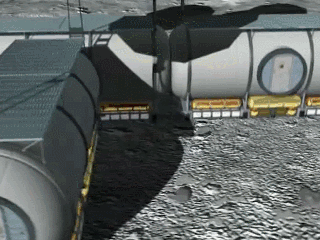
▲ Animation simulation of a moon scientific research station in the official promotional video on the Space Day of China in 2018
Chen Shanguang, Deputy Chief Designer of China’s manned spaceflight program, said at the assembly that in recent years, lunar exploration has become a key field of development in major space powers, and there is a new upsurge in lunar exploration in the whole world. China has also made in-depth exploration and a long-term plan for the future development of manned spaceflight; after several in-depth exploration about the implementation plan of manned lunar exploration, an overall consensus and preliminary plan have been formed. At present, relevant work is progressing steadily.
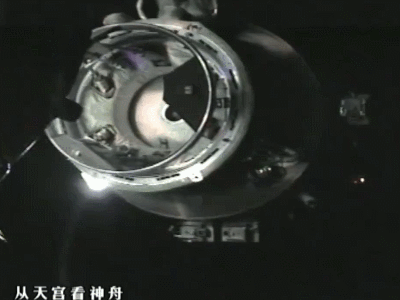
▲ In 2016, China’s astronauts stayed for 30 days inside the complex of Shenzhou-11 and Tiangong-2 space laboratory developed by China Aerospace Science and Technology Corporation.
According to the introduction, the future development trend of manned spaceflight is manned lunar exploration, establishment of a base on the moon, implementation of scientific research, extension of human’s activity space, and continual accumulation of technology and experience for the manned exploration of translunar deep space; its long-term goal is that mankind can land on the Mars.
During the manned lunar exploration, astronauts will build detection facilities on the lunar surface to acquire data and samples, and renovate people’s knowledge about the formation and evolution of the moon. According to the characteristics of low gravity, low intensity field, and high vacuum of the moon, we will carry out interdisciplinary studies on physics, chemistry, astronomy and geology with the involvement of people and realize in-situ resource utilization, so as to promote the basic scientific innovation and development; we will also explore people’s ability and way for surviving on the moon and the basic life science questions, and gradually create an airtight living environment on the lunar surface, so as to lay a foundation for mankind to go farther to the deep space.
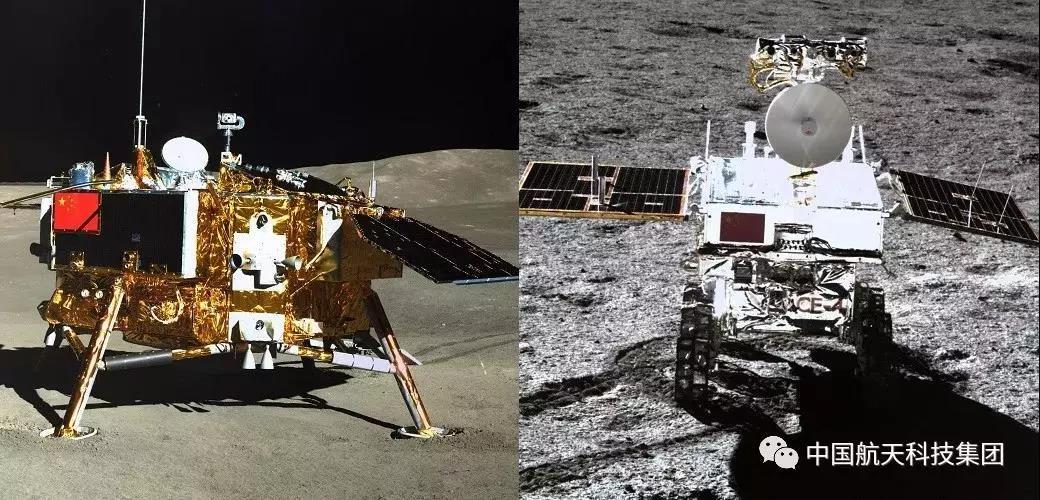
▲ In 2019, Chang’e-4 probe, which is developed by China Aerospace Science and Technology Corporation, realized the first soft landing and detection on the far side of the moon.
As a co-organizer of this assembly, Shanghai Academy of Spaceflight Technology exhibited the model of Long March launch vehicles. So far, in phase I of the strategic pilot special science and technology program of space science, four satellites, including Wukong, Shijian-10, Mozi and Huiyan, have been launched by the Long March launch vehicles developed by Shanghai Academy of Spaceflight Technology.
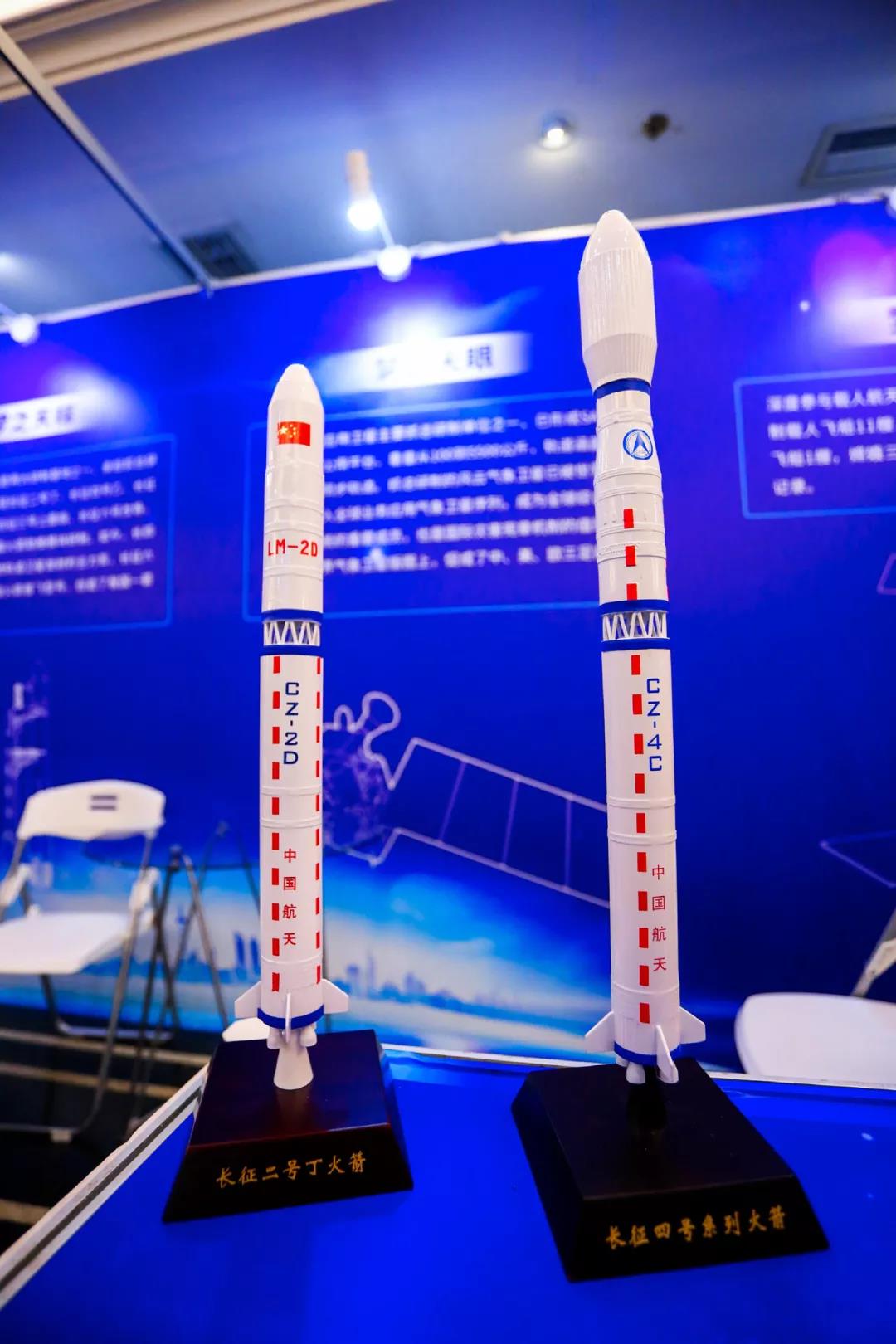
CZ-2D rocket which has launched Wukong, Shijian-10 and Mozi satellites successfully is a conventional liquid propellant two-stage carrier rocket with a takeoff thrust of about 2960 kN, and a carrying capacity of 1200 kg at the 700 km sun-synchronous circular orbit. The total reliability index of the launch vehicle is as high as 0.97, making it outstanding in the world launch vehicle family; thus it’s given the honorary title of “golden launch vehicle”.
CZ-4 launch vehicles which have launched Huiyan satellite successfully have become the main force of near-earth orbit satellite launching in China. For 30 years, the carrying capacity of CZ-4 has been increased by 200 kg; its orbit injection accuracy has been improved by 5~6 times, and its launching base has been established in Taiyuan, Jiuquan and Xichang respectively.
Source: Official WeChat Account of China Aerospace Science and Technology Corporation

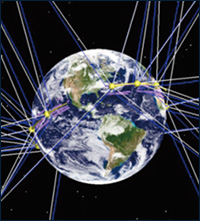
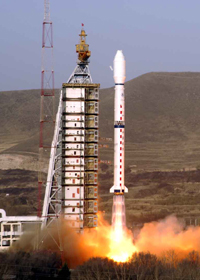
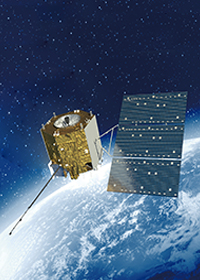

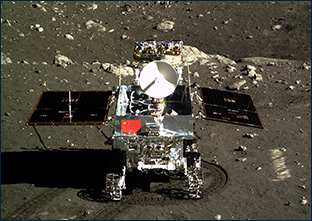
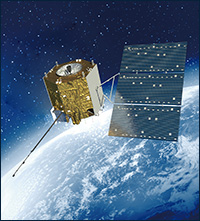

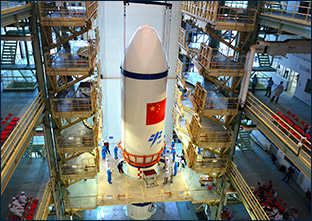



 DOWNLOAD
DOWNLOAD E-MAIL
E-MAIL